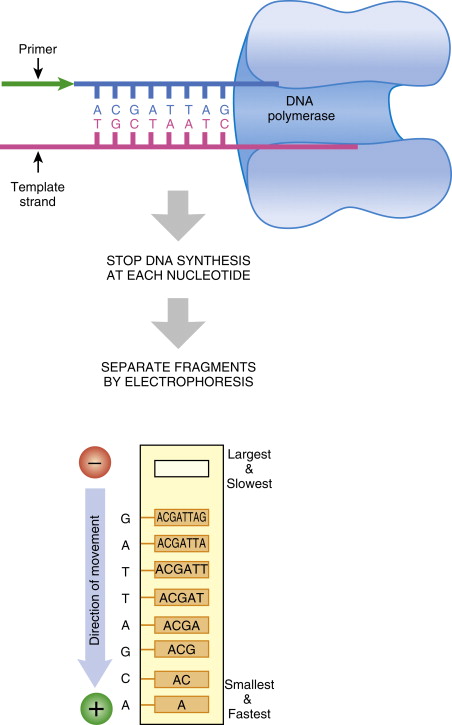DNA Sequencing Protocol
- Get link
- X
- Other Apps
Step-by-step protocol for DNA sequencing:
DNA Extraction:
The first step in DNA
sequencing is to extract the DNA from the sample you wish to sequence. There
are many DNA extraction protocols available depending on the sample type.
Fragmentation:
Next, the extracted DNA is broken down into smaller fragments using various techniques such as sonication or enzymatic digestion.
Library preparation:
These DNA fragments
are then ligated to specialized adapters that allow them to bind to the
sequencing platform. This process is called library preparation.
PCR amplification:
Once the DNA fragments
have been ligated to the adapters, PCR (polymerase chain reaction) is used to
amplify the number of fragments. This step is critical to obtain enough DNA for
sequencing.
Quality Control:
The quality of the DNA
library is assessed using different methods such as gel electrophoresis or
bioanalyzer.
Sequencing:
The sequencing platform then reads the DNA sequences. Different platforms have different sequencing methods. For example, Illumina platforms use reversible terminators to sequence DNA, while PacBio sequencing uses real-time single molecule sequencing.
Data Analysis:
After sequencing, the data is analyzed using specialized software to identify the sequence of each DNA fragment. This step can include quality control, error correction, and alignment to a reference genome.
Annotation:
Finally, the DNA sequence is
annotated, which involves identifying important features such as genes,
regulatory elements, and mutations.
Overall, the process of DNA sequencing is complex and requires specialized equipment and expertise. However, advances in sequencing technologies have made it faster, more accurate, and more affordable than ever before.
- Get link
- X
- Other Apps




Comments
Post a Comment
Please do not enter any spam link in the comment box.